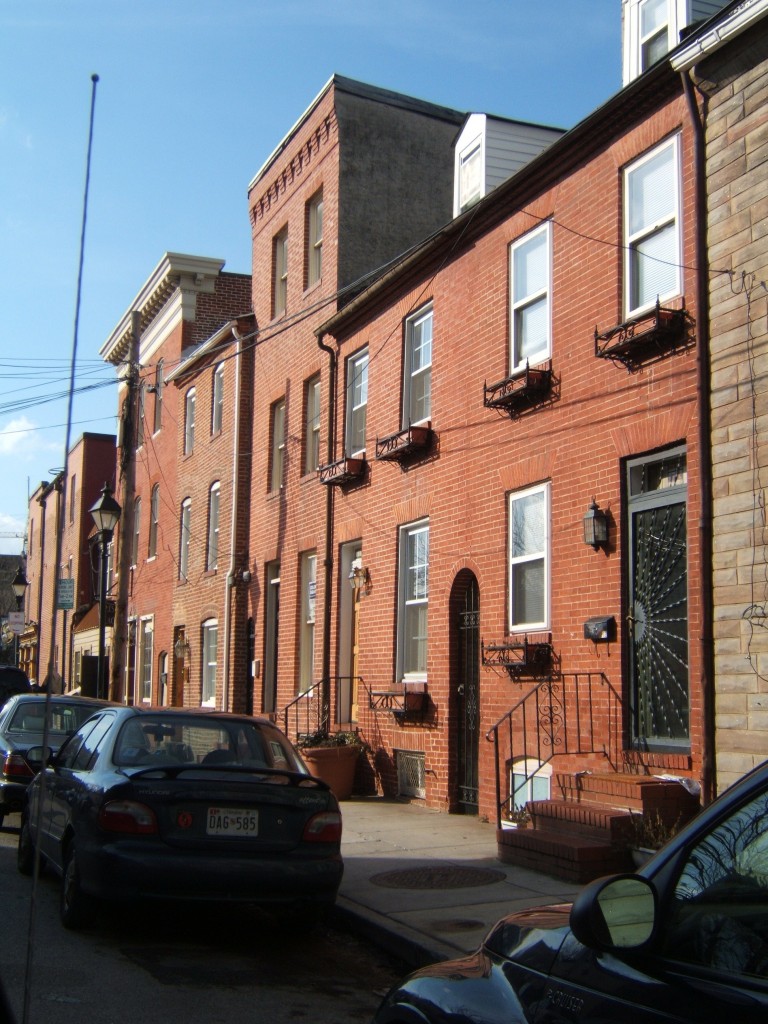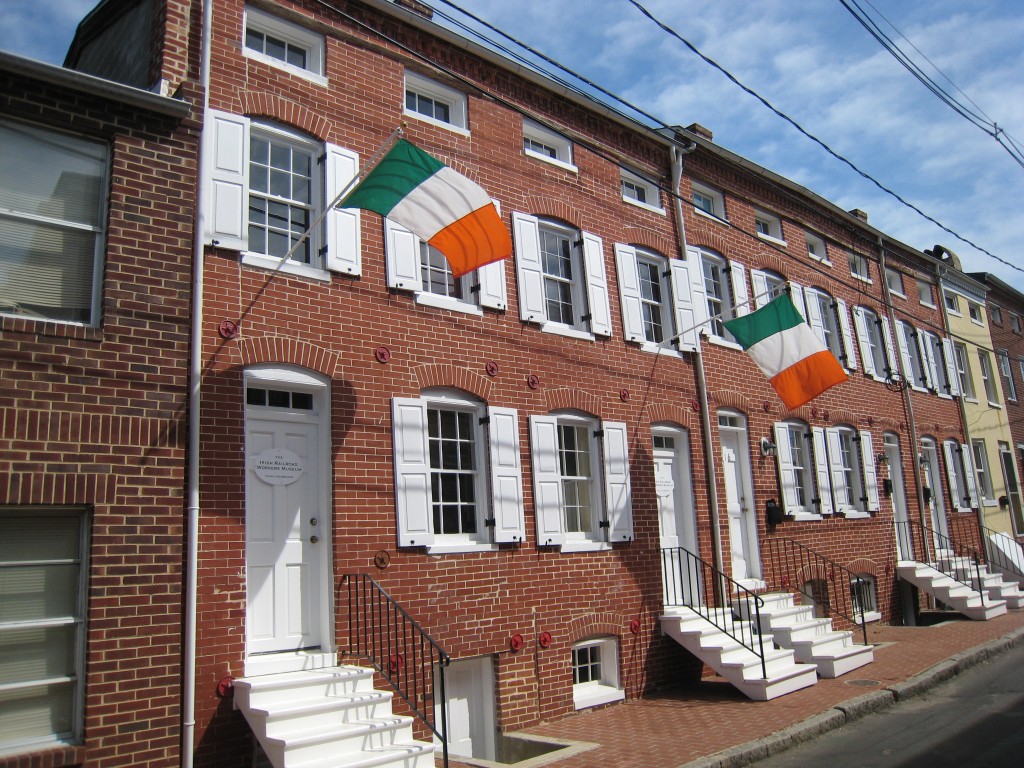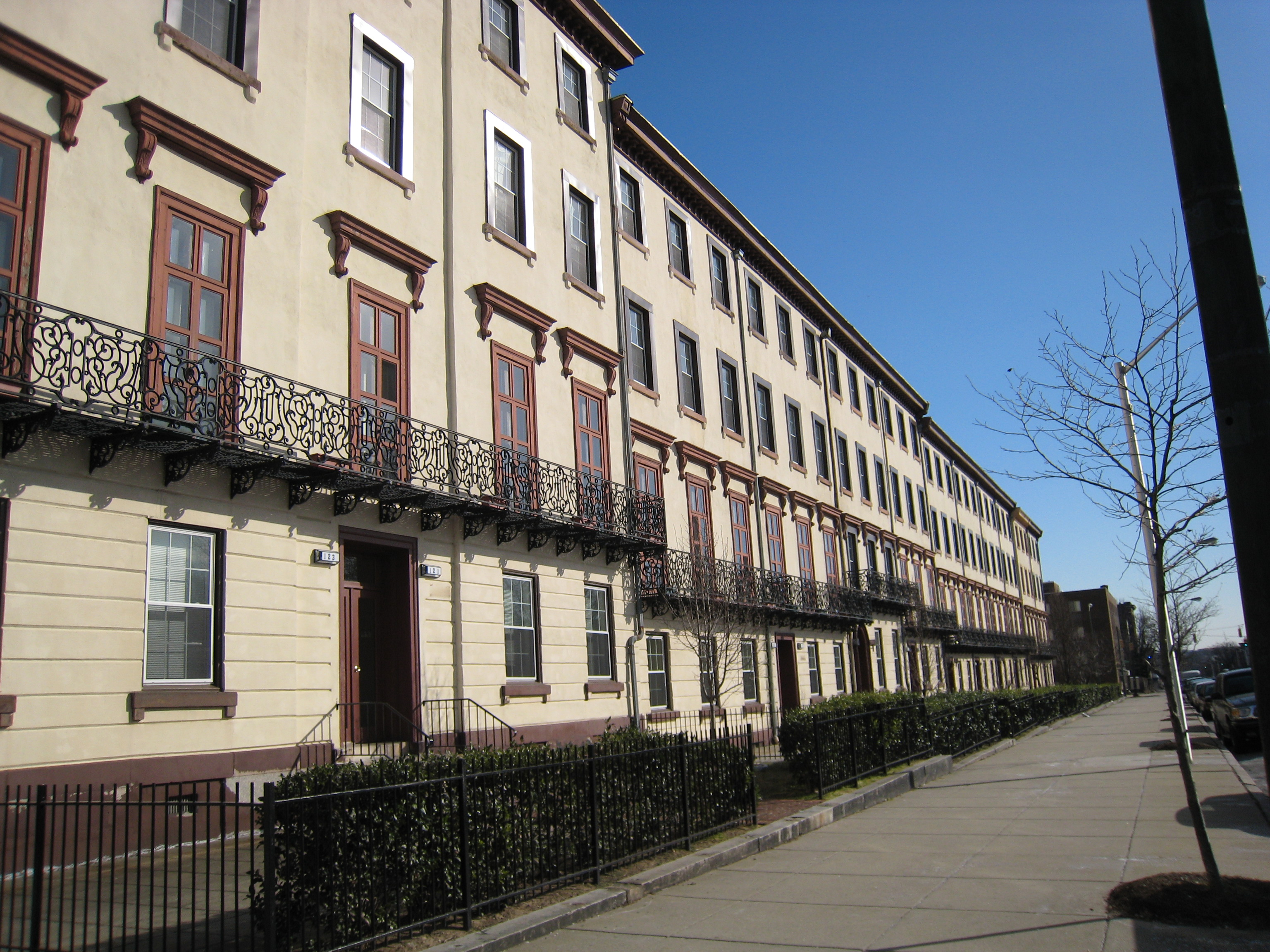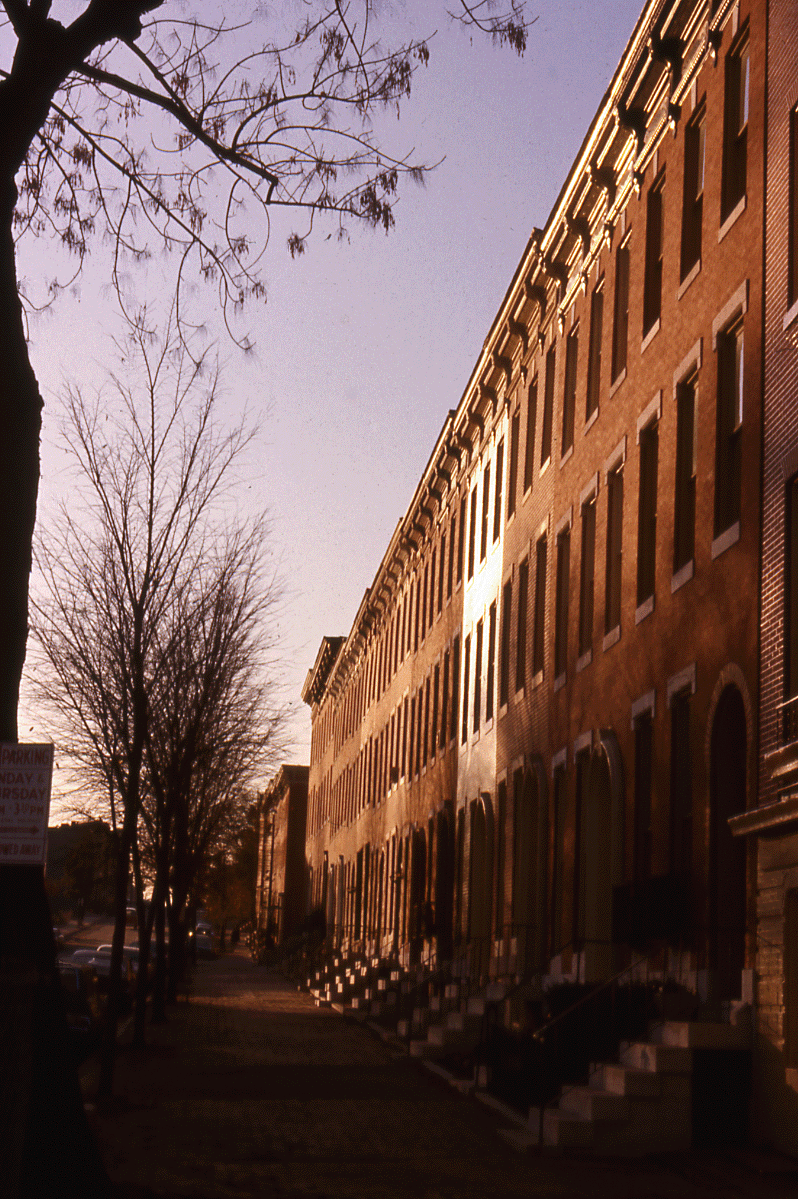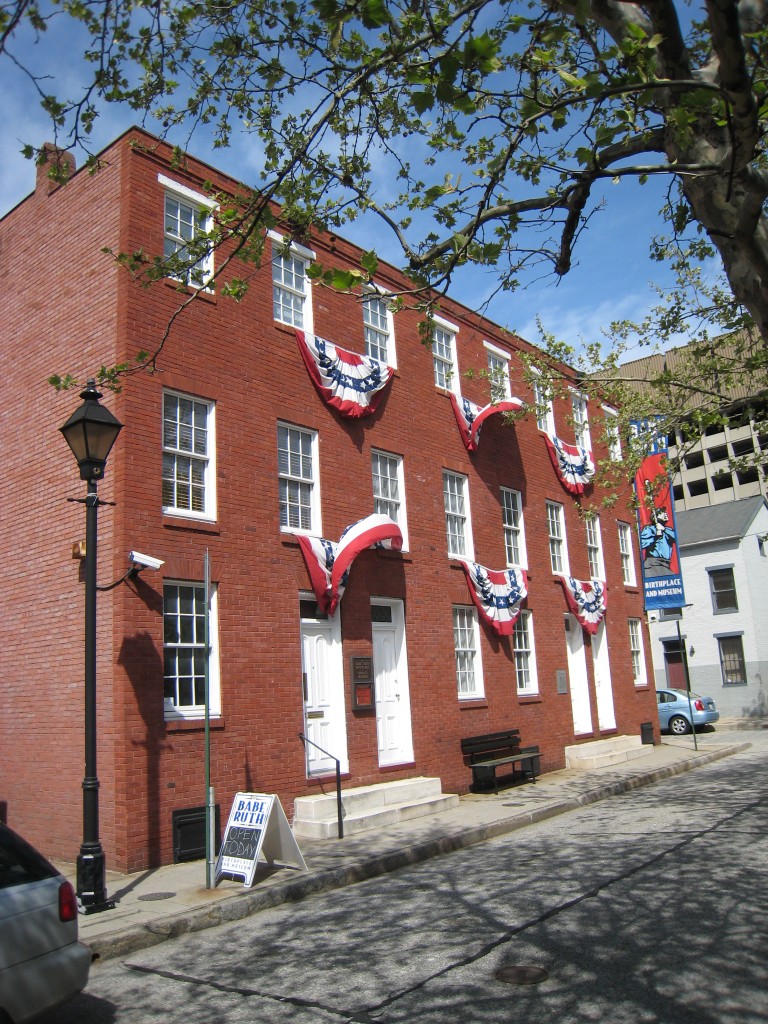In addition to our regular tours this fall, in October we are pleased to host a special series called “Race and Place in Baltimore Neighborhoods.” The series includes three Saturday morning walking tours in Upton, Greater Rosemont, and Sharp-Leadenhall and a lecture by distinguished scholar and Baltimore native Dr. Rhonda Williams. We would love to have you join us for one or all of these! And, thanks to the Maryland Humanities Council and Free Fall Baltimore, they are all free.
Together with scholars from the Reginald F. Lewis Museum, UMBC, and Towson University, as well as neighborhood leaders from the Upton Planning Committee, the Evergreen Protective Association, and the Sharp-Leadenhall Planning Committee, we will walk through neighborhoods that have served witness to Baltimore’s challenging histories of segregation, civil rights, racial transition, displacement, urban renewal, and even historic preservation. You’re encouraged to stay for a light lunch after each tour to continue the discussion with our tour leaders as we delve into the complicated relationships between race and place and what this history means for the future of these and many other Baltimore neighborhoods.
Click here to register for one or more of the tours and the lecture or read on for more details.


